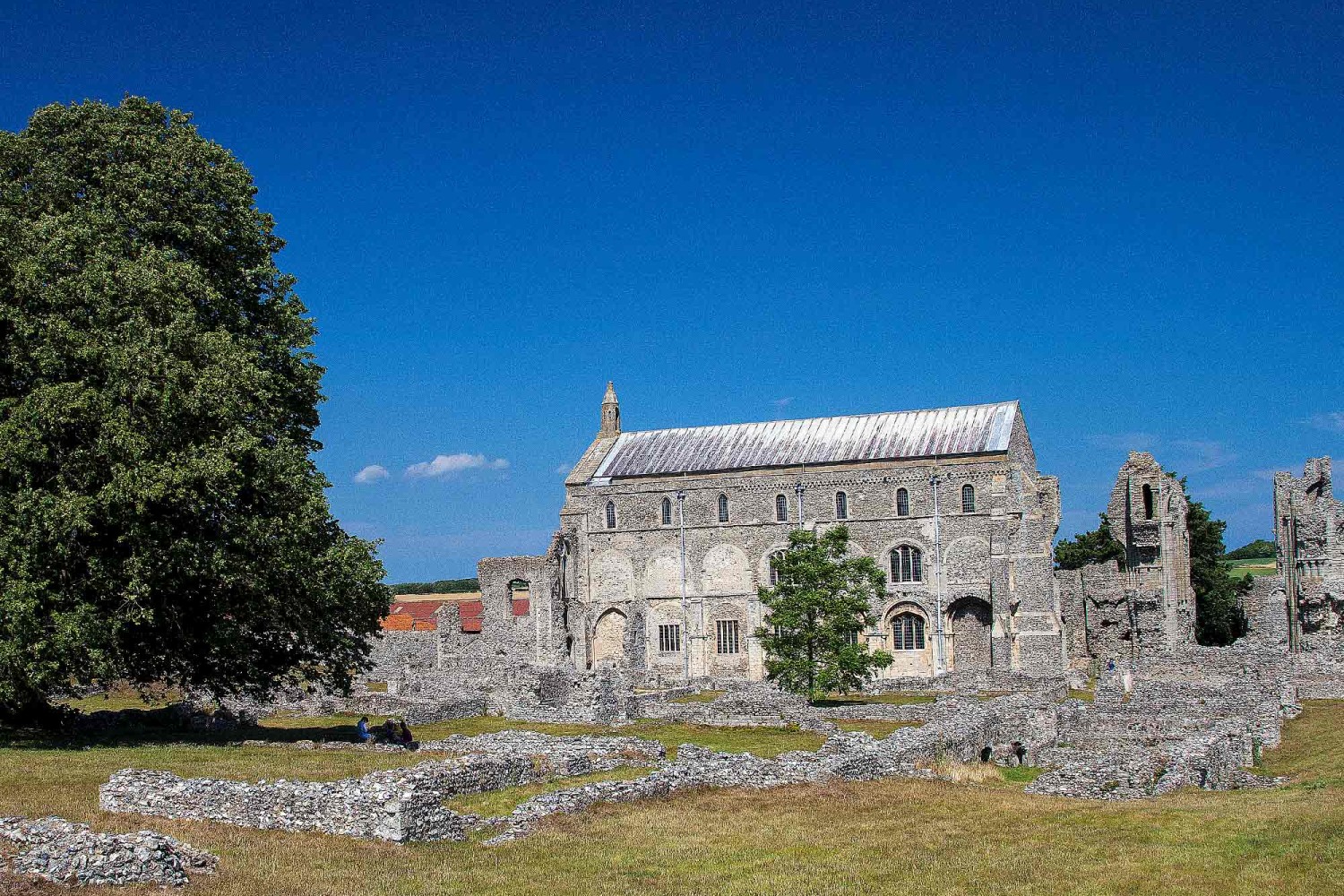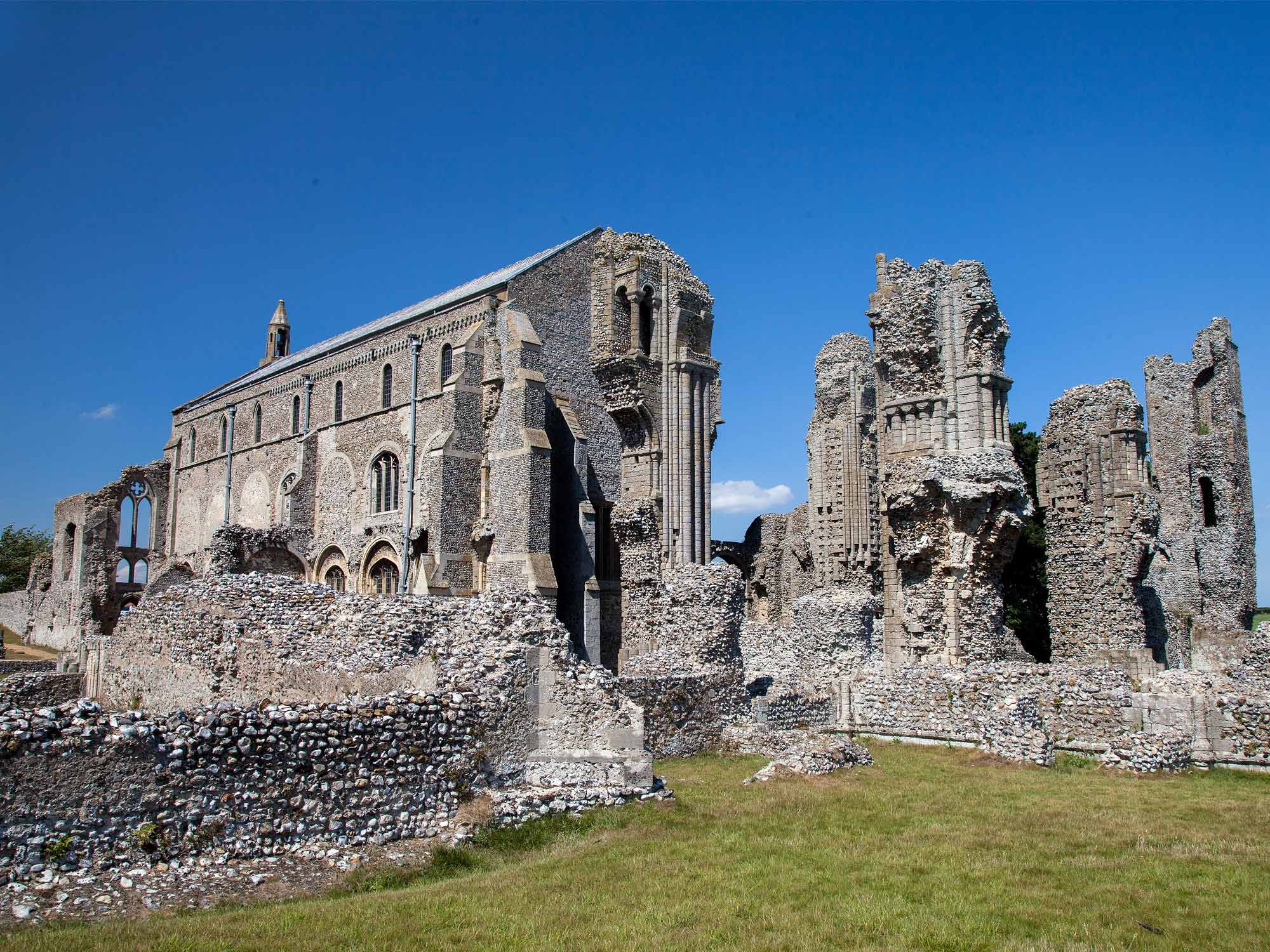
The troubled history of Binham Priory...
Its atmospheric ruins are hugely impressive, but the remains of Binham Priory disguise a fascinating history that goes back over 900 years and includes political intrigue, scandalous behaviour and mad monks
Located about six miles from Fakenham, Holt and Wells-next-the-Sea, Binham Priory is best known for being the most complete and impressive monastic ruins in Norfolk. It’s a beautiful, peaceful and somewhat bucolic setting – which puts a pastoral gloss on a rather tempestuous past.
The story starts with Peter de Valognes, who founded the priory as a ‘cell’ (think of it as a branch office) of St. Albans Abbey in 1091.
Peter de Valognes wasn’t just any landowner, however. After all, if your uncle wins the Battle of Hastings, conquers England, and then gives you extensive lands in Norfolk, Suffolk, Essex, Cambridgeshire, Lincolnshire and Hertfordshire, it’s likely you can found pretty much anything you fancy.
The building itself wasn’t finished until the middle of the 13th century, and apart from a few notable exceptions was poorly served by its priors, many of whom were unscrupulous (to be kind) or irresponsible (to be honest) – they frequently argued with the ‘mother’ abbey of St. Albans, they wasted money on senseless lawsuits, and they even indulged in scandalous behaviour.
Sometime around 1212, the frustrated abbot of St. Albans finally removed the prior at Binham, causing Robert Fitzwalter (the leader of the barons opposed to King John) to forge a document ‘proving’ that such an act should have been his decision alone. He actually laid siege to the priory in protest – and the unfortunate monks caught in the middle found themselves eating bran and drinking water out of the priory’s drainpipes.
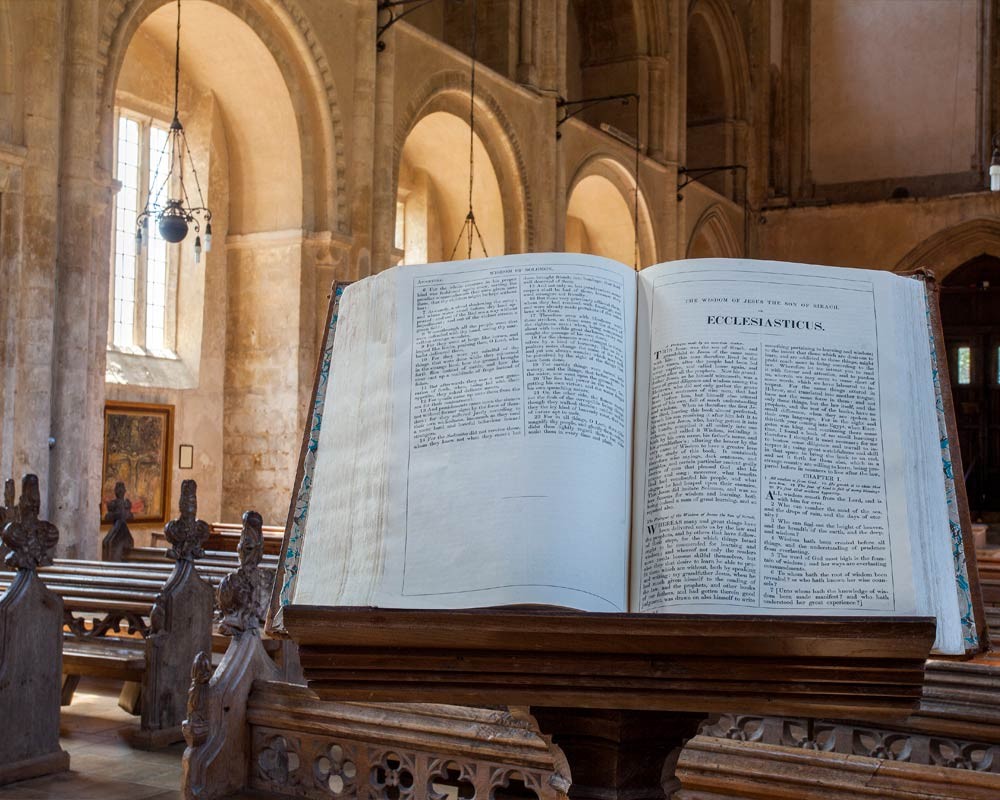
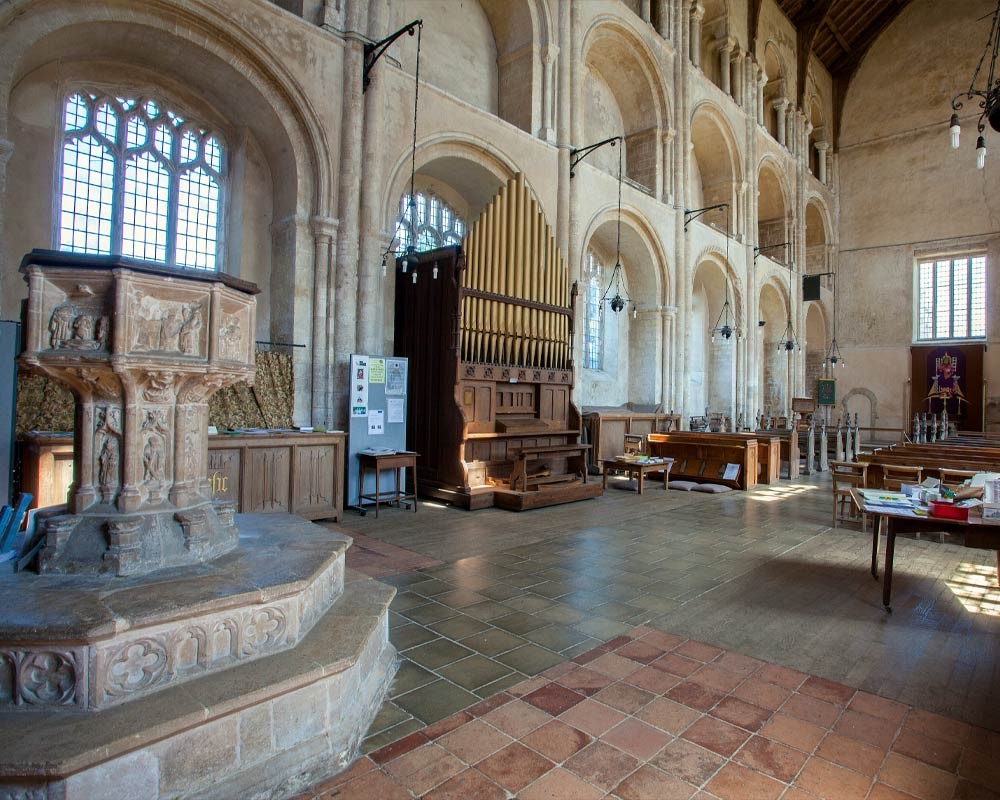
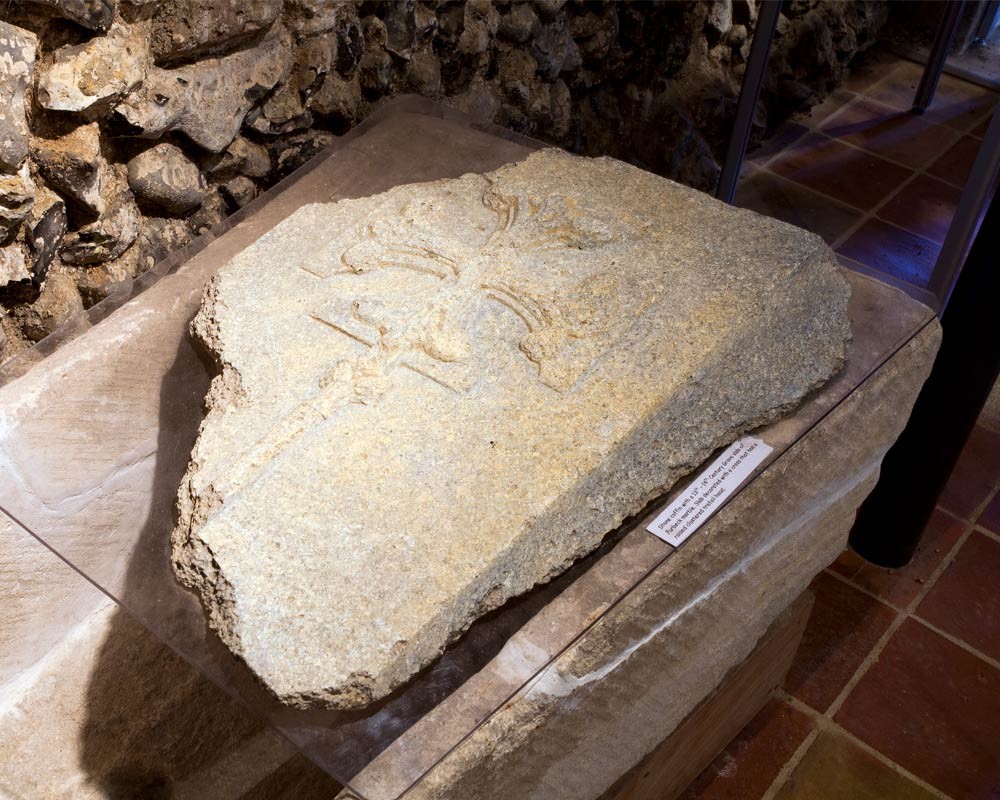
Shortly after Fitzwalter fled at the sight of the king’s soldiers – who’d been sent from London to end the siege – Binham welcomed (to some extent at least) the arrival of Alexander de Langley, the one-time prior of Wymondham Abbey.
Having driven himself insane through over-studying, he was in the habit of flying into fits of frenzy – for which he was rather uncharitably flogged and sent to solitary confinement at Binham. When he died, the monks buried him in chains, presumably in a final attempt to keep him quiet.
In 1317, William de Somerton became prior at Binham, and soon began spending vast sums on his interest in alchemy. It’s unlikely he ever managed to turn any base metals into gold, but he certainly succeeded in selling off a considerable amount of the priory’s property in the process – including two chalices, seven golden rings, and a number of silver cups and spoons.
When the understandably concerned abbot of St. Albans announced his intention to visit Binham to put an end to all this, he was unceremoniously refused – causing king Edward I to order the arrest of de Somerton and his monks, of which there were 13 at the time.
Six of the monks eventually ended up in prison, but de Somerton himself managed to escape to Rome – although he eventually returned to Binham and even managed to regain his position, shortly before having to run away yet again after running up the equivalent of £500,000 in debts.
It wasn’t long before Binham Priory was resisting yet another VIP visit, this time from the Bishop of Norwich – although the villagers stepped in and made a concerted effort to make him welcome.
And before the dust had settled on that controversy, the eccentric William Dyxwell was appointed prior at Binham – and spent most of his time wandering about dressed as a vagabond. He was eventually deposed in 1461, only to be reinstated a year later.
Consequently, despite the wider issues of the Reformation, it probably came as something of a relief when Henry VIII suppressed Binham Priory in 1539 – by which time there were only six monks on site and the priory’s annual income had dropped to the equivalent of £58,000.
Before long, some of the monastic buildings were demolished, the rubble and stone being used for grand new-build properties in the area (particularly Appleton and Wells-next-the-Sea), and in 1741 the parishioners were given permission to sell the last of the priory’s bells. The great west window, which is now thought to be the earliest of its kind in the whole country, was bricked up in 1809.
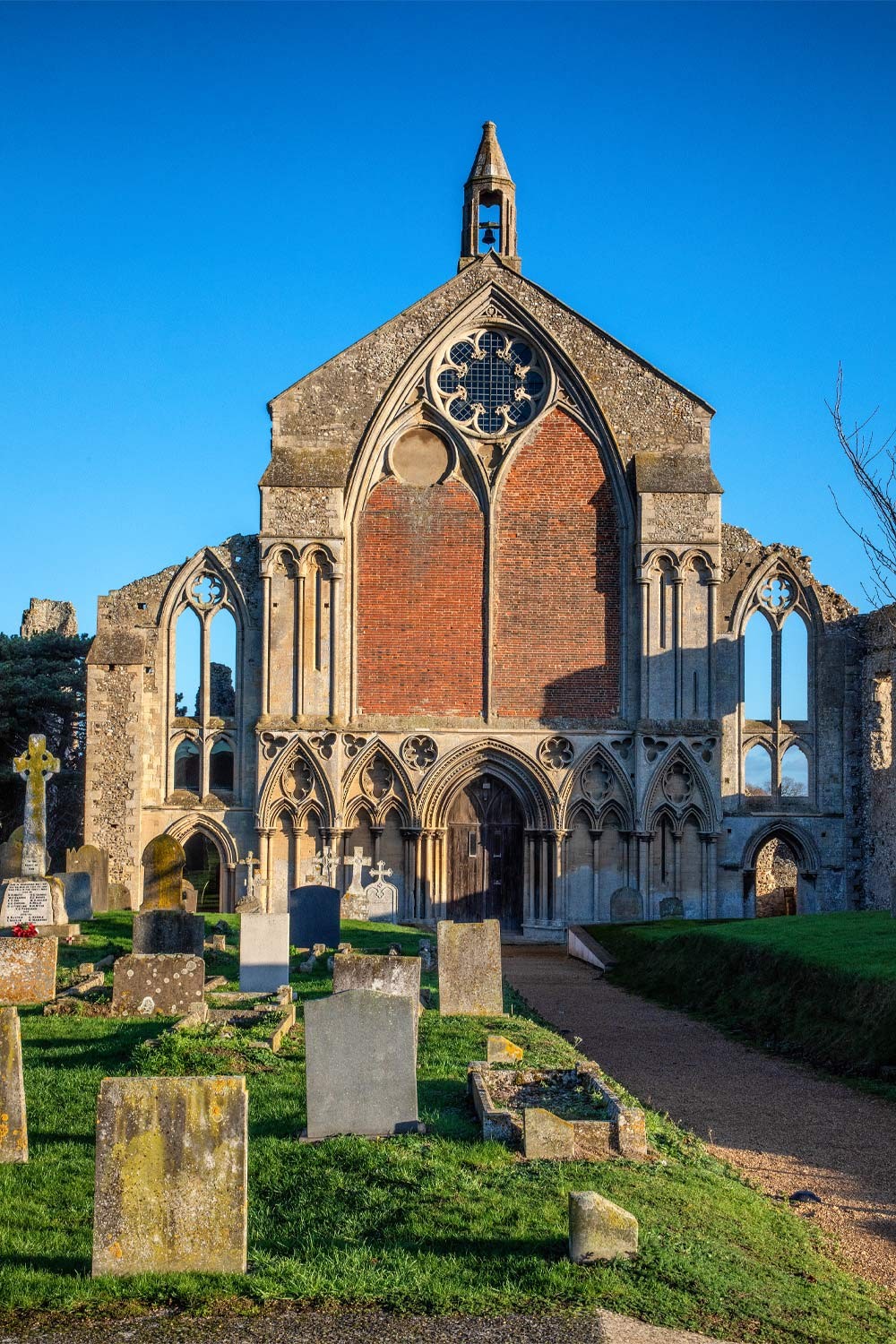
When the Society for the Protection of Ancient Buildings surveyed Binham Priory in 1900, it wrote that “it is impossible to approach or enter the building without being impressed by its grandeur – and at the same time depressed by the state into which it has lapsed.”
There was a real danger the building may gradually collapse into utter ruin, but by the end of the 20th century the work of the Pilgrim Trust, English Heritage, the Historic Churches Preservation Trust and the Norfolk Churches Trust had cleaned, conserved and protected the site for future generations.
Far from being a crumbling (albeit picturesque) ruin, however, Binham Priory is still alive and well. Today, it has an important place at the heart of the local community as the Priory Church of St Mary and the Holy Cross, and in addition to regular services hosts a number of special events – including Binham’s famous series of classical music concerts which start next month.
